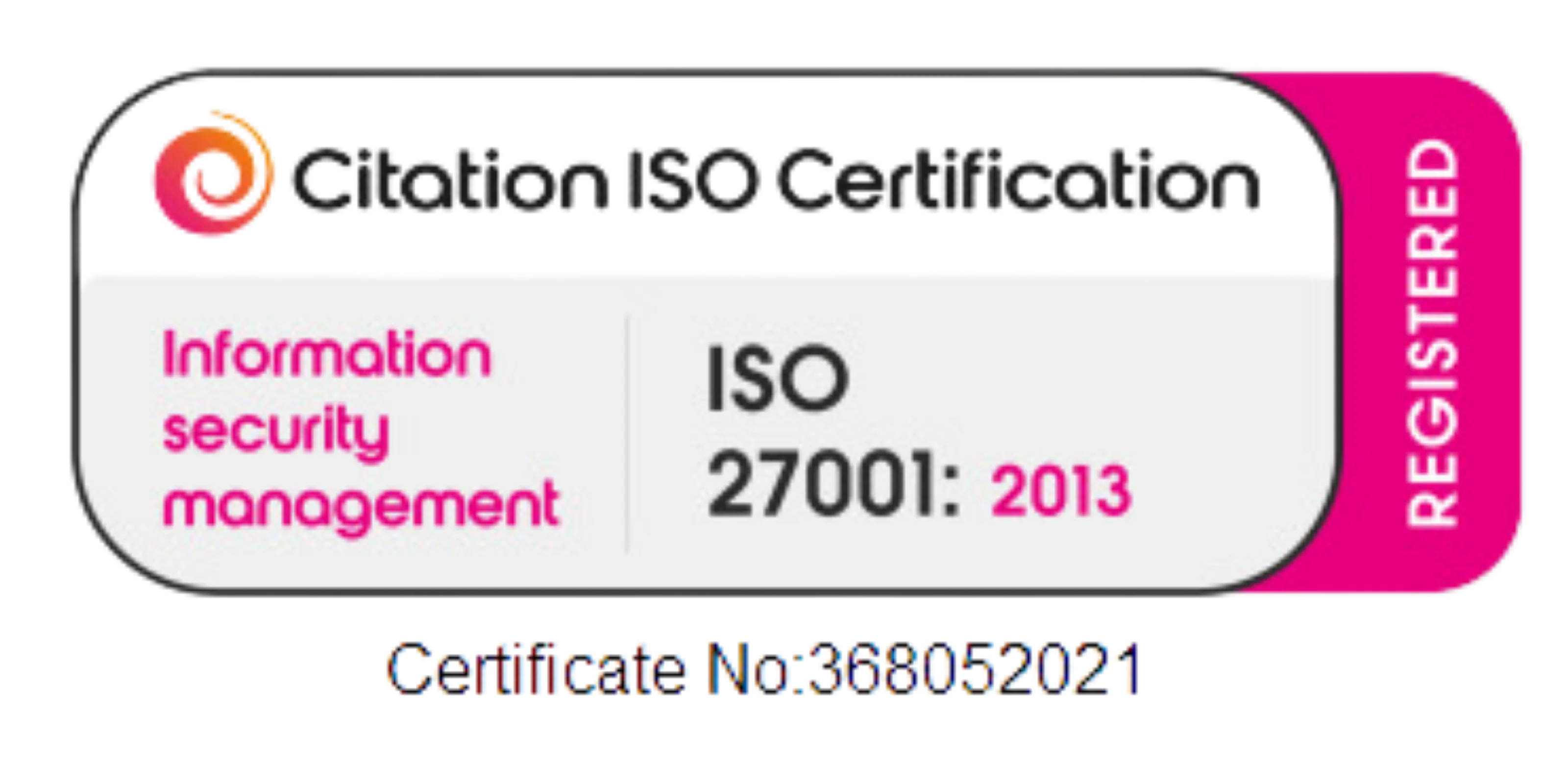How to securely share safeguarding data to prevent harm
26 February 2025
The responsibility to safeguard vulnerable residents lies with councils and a range of safeguarding partners, but too often vulnerability is identified too late. Limited data co-ordination between organisations makes it hard not only to identify people who need support before they hit a crisis, but also to understand whether they are known to other safeguarding agencies and the wider safeguarding landscape.
Prevention is critical to improve safeguarding and we know that data needs to be more effectively shared across agencies if we are to better protect vulnerable people and reduce the potential of people falling into the social care system. This is a big challenge.
Listen back to hear the latest learnings from a powerful project, backed by the LGA and NHS Digital, to link data across adult services, children’s services, public health, the NHS, Police and Fire and Rescue Services.
Listen back to hear
- The safeguarding problem we’re solving
- How safeguarding partners can share more information
- Case study: West Glamorgan Safeguarding Board
- A brief look at MAST
Guest speakers





The annual report found that too often, different safeguarding agencies are holding different pieces of the same puzzle through their interactions with families, adults, and children, but are unable to piece those parts of the puzzle together effectively in certain cases. The lack of information sharing between these partners is, therefore, unfortunately, regularly cited as a contributing or key factor in those situations.

The bedrock of all of this is information sharing. Headline data is really critical and we started with the premise of what is the minimum amount of data that each partner can legally share. All the partners collect each of these data assets, name, date of birth, NHS number. So there's no case data in MAST, but we're able to match on the key data elements. It shows if police were called out two nights ago, or someone missed a hospital appointment, all of which helps helps practitioners to understand what is the next question to ask and who is the person they need to contact.

MAST is a breath of fresh air for us. For decades, we’ve tried to solve the information sharing conundrum by focusing on policies and procedures, with endless documents reminding us how we should be sharing information. But practitioners already know how to share information. The real solution lies in how people interact with systems. MAST is a step in the right direction and we are looking to onboard more agencies and explore its potential as a pan Wales digital solution.







